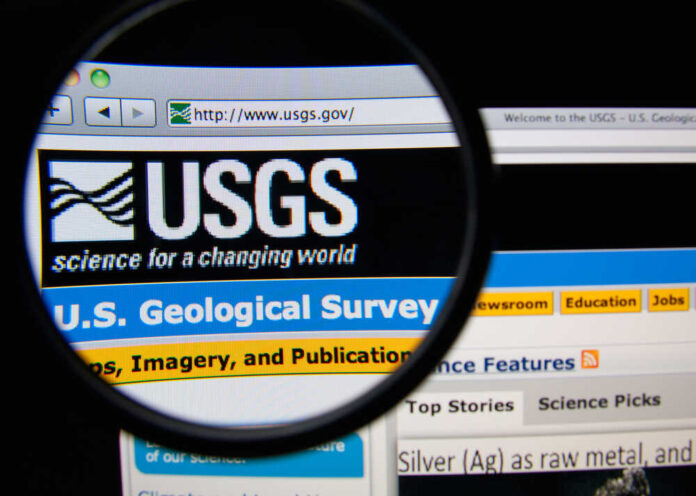The United States Geological Survey reports that an earthquake rattled buildings and unsettled nerves throughout the northern East Coast of the country on Friday morning.
The US Geological Survey reported a 4.8-magnitude earthquake with an epicenter close to Lebanon, New Jersey. The time of impact was just before 10:30 a.m. ET. At around 6 p.m. ET, a 4.0-magnitude aftershock occurred.
According to statistics from the US Geological Survey, the magnitude of the morning’s earthquake was the highest for the Northeast region in almost ten years.
As of this writing, no significant damage or casualties have been reported. According to local and regional authorities, cities in the earthquake zone have begun inspecting their buildings, bridges, and other infrastructure to ensure that everything is undamaged.
The mayor of Lebanon, New Jersey, James Pittinger, described the earthquake as the craziest thing he ever experienced. He told reporters he hadn’t heard of any significant damage claims yet but that his dog had to duck for protection, and things had fallen off his shelf due to the shaking.
Even a small earthquake—one with a magnitude of 4.8—can inflict damage on the East Coast because these states do not take the same safety measures as other seismically active regions on the globe.
The governor of New York, Kathy Hochul, said that the whole state felt the earthquake.
No serious injuries or damage to infrastructure were recorded, according to New York City Mayor Eric Adams, who said at an afternoon press conference that residents could “go about their normal day.”
The Federal Aviation Administration said on its website that Newark Liberty International Airport in New Jersey and John F. Kennedy International Airport in New York City were temporarily ordered to ground themselves. Into the afternoon, the Newark airport’s flight delays persisted.
Following the earthquake, service was temporarily halted by the Port Authority Transit Corp., the company responsible for the fast transit line that connects Pennsylvania and New Jersey.
Although crews would investigate rail lines, the Metropolitan Transportation Authority of New York said their service has been unaffected. Riders were notified by New Jersey Transit of a 20-minute delay as a result of bridge inspections that were conducted after the earthquake.
According to Princeton University geosciences professor Frederik J. Simons, the 35-second earthquake struck a shallow fault system in New Jersey.
The USGS reports that the earthquake’s epicenter was less than three miles deep.


















